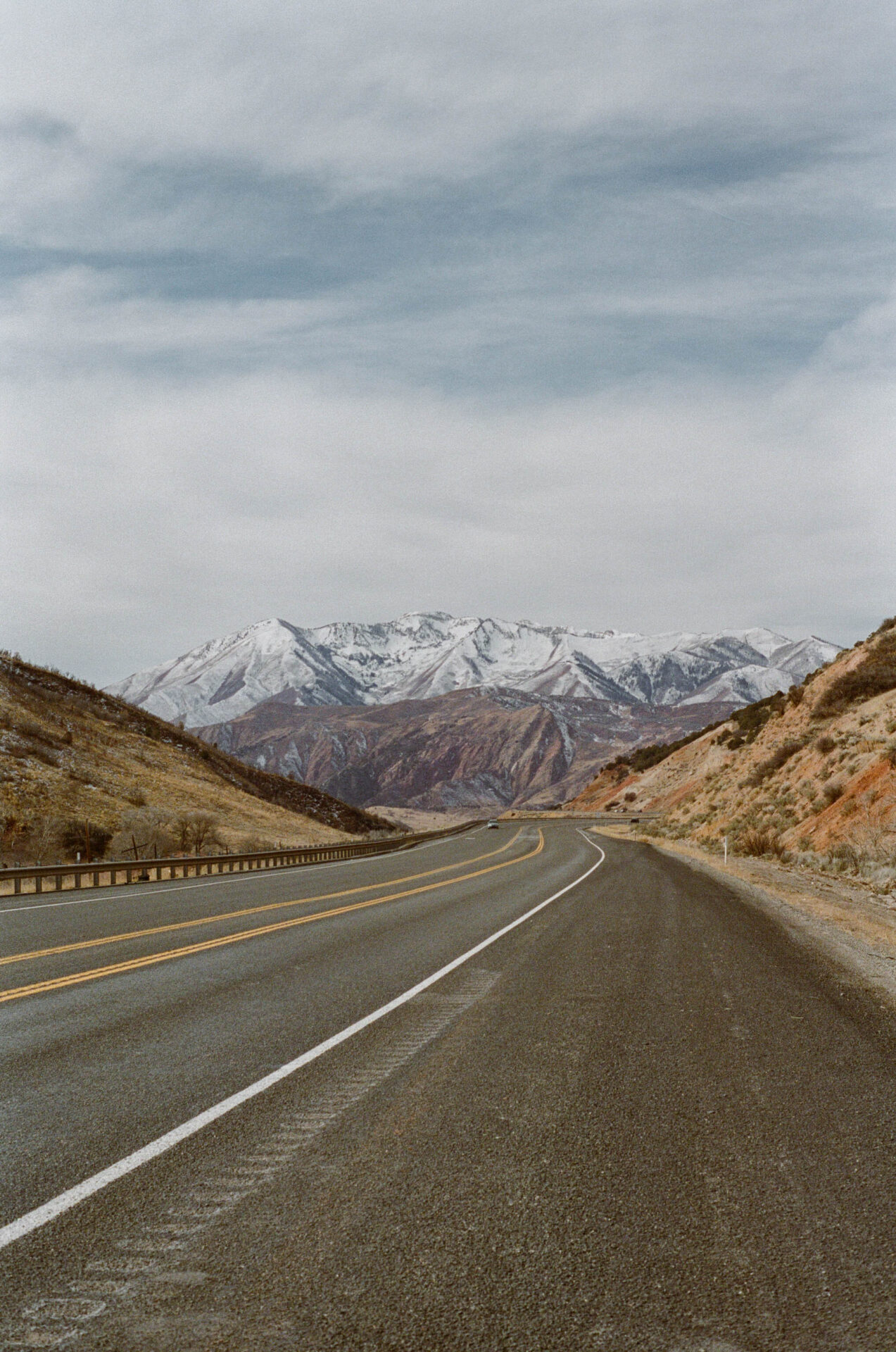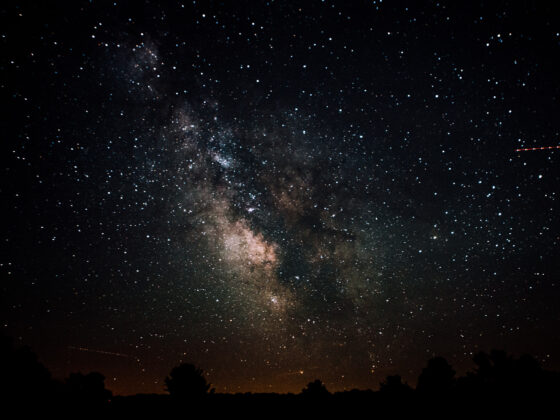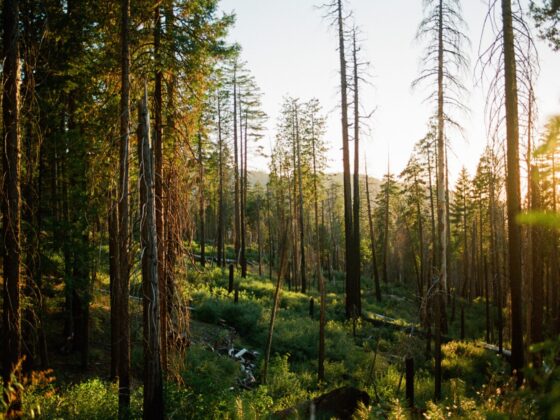I’m writing this article in the thick of the annual consumerism boom that engulfs Thanksgiving. My inbox is bursting with discount codes. The common thread in the marketing copy splattered across the internet is clear: “Don’t wait!”
Insistence on impatience permeates our minds every time we see an ad (which could be hundreds, if not thousands, of times per day). And repetition breeds belief. If we hear “don’t wait!” enough times, we’ll believe that we never should have to.
Of course, discounts are fine and good. Great, actually. What’s concerning is how this impatience has formed our culture and, in turn, how it’s forming all of us individually. We’re allergic to waiting as people and as a nation. Our culture has commodified our impatience by convincing us that any perceived need can and should be fulfilled as quickly as possible, no matter the cost.
Our collective inability to wait stretches far beyond our consumerism. And there’s really no clearer example than what we’ve made of Christmastime. Hurry is as much a part of the Christmas season as celebration; a hurry that has nothing to do with the sacred scandal—the entire point—of Christmas.
It’s no surprise that this kind of frenzied consumerism would coincide with the season marked by deep pain for so many. It’s a time where grief, loneliness, financial insecurity, injustice, guilt, shame, and anxiety reach a fever pitch. Add to that the stress of gift buying and an overstuffed social calendar. Then subtract four hours of sunlight. What do we end up with? Darkness. Deep need.
The enemy of our souls swoops in then with a litany of quick fixes: retail therapy! Another drink! A couple more holiday cookies in the name of “holly jolly!” An hour or two scrolling! Anything to distract from the pain except the thing that would actually heal us. None of the trappings of Christmas are inherently bad or evil—but they pose a distinct threat when we receive them as antidotes to the darkness around and within us. That, we know, will take much more than mistletoe and holly.
How does that old saying go? You can’t heal what you don’t reveal? What if, this Advent, we laid down our proclivity to grasp the quick fixes and slowed down enough to let Jesus, the healer, meet us? What if instead of trying to busy and buy our way out of waiting, we invite God into the waiting with us? And, what if, with the Holy Spirit’s company, we realized the waiting wasn’t the worst thing after all?
Light is only good news for people in the dark. A physician is only good news for the sick. A newborn savior is only good news for those who look at the sorrow and suffering around them—and in them—to realize we desperately need saving.
Advent is the time for us to enter into the formative work of waiting as an act of worship. It’s an opportunity to deny the flesh by waiting even harder, trusting that the God who asked us to wait will make good on his promise to show up.
Historically speaking, Advent is a season of fasting. In practice, it’s more similar to Lent than Thanksgiving. For the four weeks leading up to Christmas Eve, saints refrain from feasting in order to practice the darkness into which Christ was born and the darkness to which Christ will return. It’s a time to choose to wait, to wait with intention, and by doing so, prepare for our coming King. Intentional waiting is vitally important to believers, as it orders our loves, our desires, our appetites away from the world and toward the kingdom of God.
And don’t be misled! This season of waiting ends in a giant feast. The celebration known as Christmastide (December 24-January 5) is a prolonged feast that follows the four-week fast. The 12 Days of Christmas is a real thing! Look it up! If you’ve been tempted to think that Advent is just a buzzkill for sad, beige Christians, try actually observing Christmastide. Twelve consecutive Christmas dinners? Gifts for everyone in your family to open for almost two weeks? I dare you to call that a bummer.
So, how might we practice intentional waiting this Advent season?
- Purchase a set of Advent candles.
- I can tell you with certainty that it will be hard to light only one candle while there’s three candles standing dark. But this is training our patience! The satisfaction of seeing all five candles ablaze on Christmas Eve will only grow with this labor.
- Consider waiting to decorate or decorating slowly.
- I’m a seasonal decorating girlie. So when I tell you it’s hard for me to wait to decorate my tree, I’m deeply downplaying the reality. I’ve heard of some families waiting to decorate until Christmas Eve. We opt to put up our tree & lights, then wait to hang ornaments, stockings, and the angel.
- Get off social media
- The vast majority of the anti-waiting messaging we get comes from the internet. Perhaps abstaining from social media will be the tool that finally allows you to quiet your soul enough to hear the still, small voice of God inviting you deeper into healing.
Happy Advent, friends. It really is the most wonderful time of the year—waiting and all.
Photo Credit: Emily Hughes
Katie Noble is the founder and lead writer of Goodness Co. and the author of Pray Like This: Christ’s Guide to Praying the Scriptures, a devotional on the Lord’s Prayer published by Hosanna Revival. She lives and writes in central Ohio with her husband, David, and two sons.






